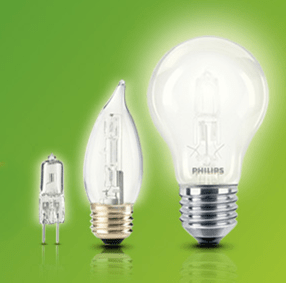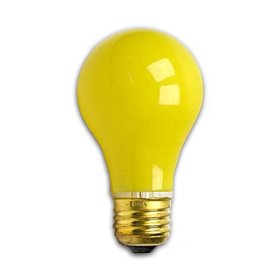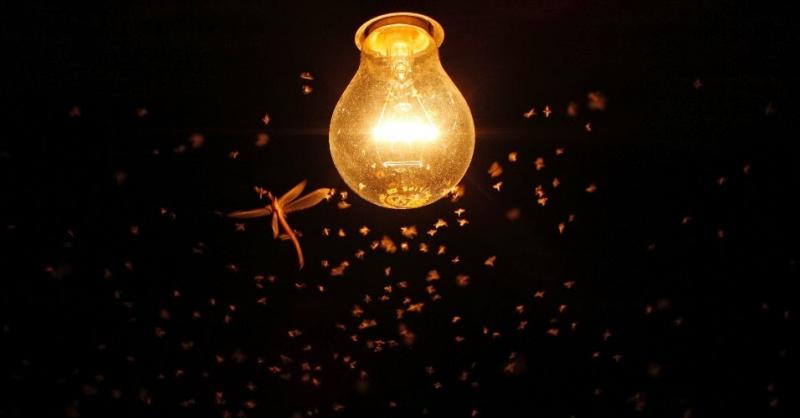1.

The moths are attracted by the light of the bulbs at night. Will the color of the light influence the number of moths attracted in one hour? An experiment has been devised where a green bulb, a yellow bulb and a standard bulb are placed. The bulbs are the same size and receive the same amount of electric current. The experiment is carried out for three days at the same time under the same weather conditions. Questions like "light color" and "number of moths attracted" are examples of:









